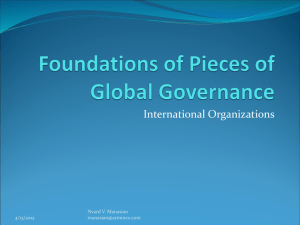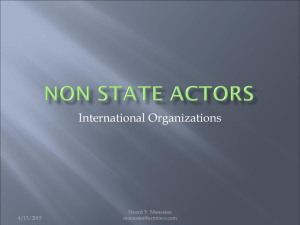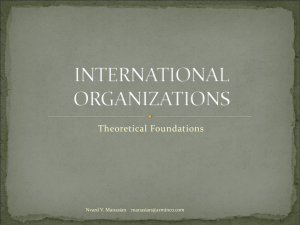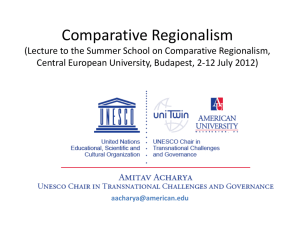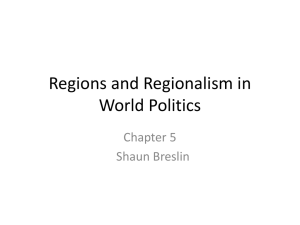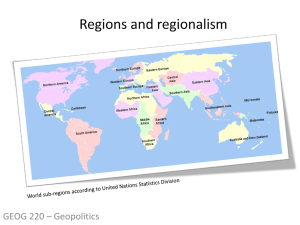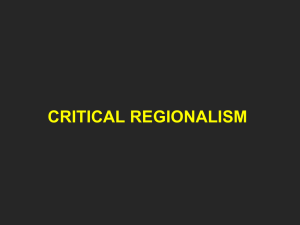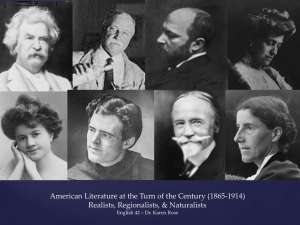The United Nations System - Global Governance and International
advertisement
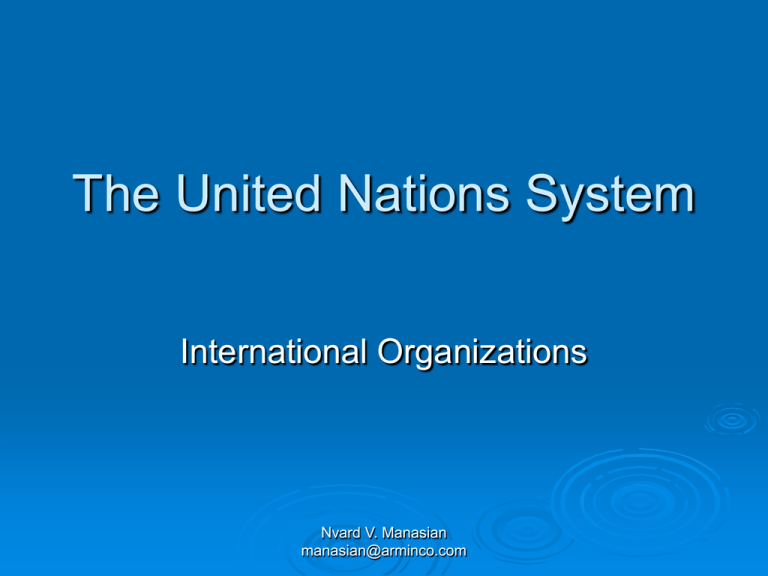
The United Nations System International Organizations Nvard V. Manasian manasian@arminco.com Foundations of the UN 1941, The Atlantic Charter Security system and economic collaboration Sovereign equality of member states Five permanent members as a guarantee for the SC decisions The US to adopt the UN charter in 1945 50 states initially agree on the arrangements for a better world Nvard V. Manasian manasian@arminco.com Underlying principles of the UN Charter States shall refrain from the threat or use of force against the territorial integrity or political independence of any state Settle international disputes by peaceful means States are obliged to fulfill in good faith all the obligations assumed under the charter Nvard V. Manasian manasian@arminco.com Nvard V. Manasian manasian@arminco.com The UN and World Politics 1946-50s emerging Cold War for years shaped the politics of the SC and the UN Vietnam war led by the US and Soviet invasion of Czechoslovakia and Hungary circumvented the UN Possible nuclear treat shaped the global politics and augmented the role of the UN Mostly peaceful decolonization and emergence of new states via smooth transition due to the global stage The North-South conflict, G-77, NIEO, Kyoto protocol Post cold war politics of peace and the greater role of the UN Democracy spreading further to such regions as Latin America Globalization and pressures to create world governance structures in the new millennium Nvard V. Manasian manasian@arminco.com Reform? All agree that finances need to be reformed: sustainability Nvard V. Manasian manasian@arminco.com Other reform issues Coordination and management: How to improve ECOSOC? Dialogue with IMF and WB Structural reform of the Security Council: away from P-5 or what is the formula? NGOs demand openness of SC The Security Council is the United Nations' most powerful body. It has "primary responsibility for the maintenance of international peace and security." Five powerful countries sit as "permanent members" along with ten other member states, elected for two-year terms. Since 1990, the Council has dramatically increased its activity and it now meets in nearly continuous session. It dispatches military operations, imposes economic sanctions, mandates arms inspections, deploys human rights and election monitors and more. Nvard V. Manasian manasian@arminco.com Regionalism Nvard V. Manasian manasian@arminco.com The Roots and Dynamics of Regionalism Regionalism=geographical proximity + degree of mutual interdependence Regionalism can be defined as: Essentialist approach Constructivist approach There is a natural core of The region is a economic, security, sociopolitical construct religious and cultural links with concepts, metaphors among the states. and practices driving it. Nvard V. Manasian manasian@arminco.com Political factors driving regionalism Identity (Constructivism) as the shared perception externally and internally, such as economic or security threat or cultural and religious congruence Internal and external threats (Realism) such as the Cold war and the creation of NATO, EC, China vs. ASEAN, Arab League vs. Israel, Domestic politics, such as industries rallying for closer economic ties and MERCOSUR Leadership of certain states or individuals, such as Indonesia and ASEAN, Canada and NAFTA, etc. Nvard V. Manasian manasian@arminco.com Economic factors driving regionalism Economic interdependence, more particularly trade flow intensity Larger market creation for bigger FDIs Further political and security reasons for cooperation First wave of R: 1950-60s, i. e. NATO, OAS Second wave of R: 1980-90s, i. e. EU, CIS, MERCOSUR Nvard V. Manasian manasian@arminco.com Some regionals NATO the most organized security regional organization, started with the Cold war it is now a peacekeeping force, maybe to become a piece of UN puzzle? EU the best developed regional unit that has come to replace the national states, can it become a model for other regionals? Hemispheric regionalism, i. e. OAS, subregional cooperation MERCOSUR, NAFTA Balancing against China and Japan, ASEAN, APEC Dealing with traumas of a colonial legacy, AU Nvard V. Manasian manasian@arminco.com
